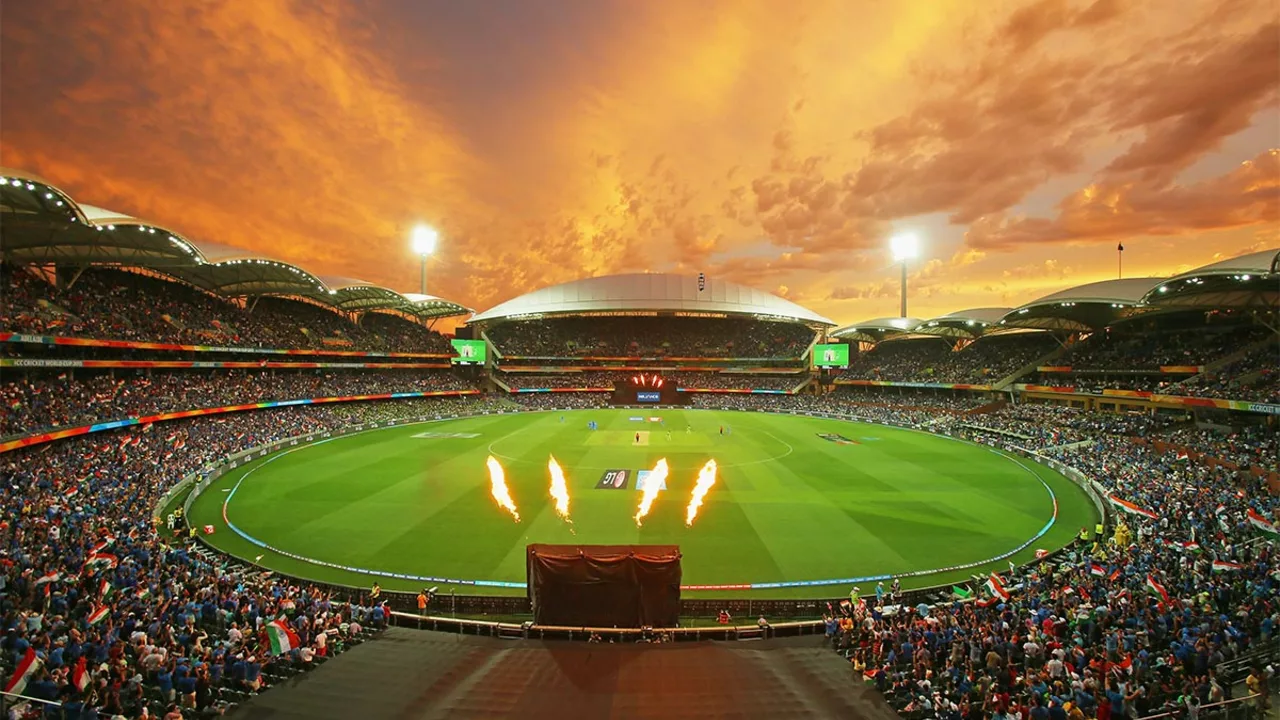
Understanding the Basics: Cricket Ground and Pitches
Before diving into the specifics, let's first understand the basics. In cricket, the pitch refers to the rectangular area in the middle of the cricket field. This is where the bowler bowls, and the batsman plays their shots. The cricket ground, on the other hand, includes the entire field including the pitch. Now, if we take a closer look, most cricket grounds have three or more pitches. This is not a random decision but a strategic one made with several considerations in mind.
Why are Multiple Pitches Necessary?
The primary reason for having multiple pitches in a cricket ground is to maintain the quality of the playing surface. Cricket is a sport that can be quite harsh on its pitches. With every match, the pitch wears down - the bowler's run-up, the batsmen's crease, and the spot where the ball often hits the pitch, all get affected. So, to ensure that the quality of play doesn't deteriorate, multiple pitches are prepared. This way, while one pitch is in use, the others can be rested and rejuvenated for future games.
The Role of Weather Conditions
Climate and weather conditions play a crucial part in deciding the number of pitches in a ground. In regions where cricket is played year-round, the wear and tear on the pitches are significantly higher. To overcome this, more pitches are prepared so that they can be alternated between matches. This also offers the curators time to repair and prepare each pitch adequately before it's next in line for a game.
The Influence of Different Types of Matches
The type of match also influences the number of pitches in a cricket ground. Longer formats like Test matches require a pitch that can last for five days, while shorter formats like T20 matches can be played on pitches that might not last as long. Hence, having multiple pitches allows ground staff to prepare specific pitches suitable for different formats.
Strategic Advantage and Variety
Another interesting aspect of having multiple pitches is the strategic advantage it can offer. Different pitches can have different characteristics - some may favor the bowlers, some may favor the batsmen, and some may offer a balanced game. Teams can select a pitch that suits their strengths, adding an extra layer of strategy to the game. Furthermore, multiple pitches also bring variety to the game, making it more exciting and unpredictable.
Preserving the Tradition and Beauty of Cricket
Lastly, having multiple pitches is a way of preserving the tradition and beauty of cricket. It ensures that even with modern advancements in the sport, the essence of cricket - a fair contest between bat and ball - is maintained. Moreover, it enables the sport to adapt to the ever-changing demands of international cricket and continue to provide a thrilling experience for all cricket lovers.
So, the next time you watch a cricket match and notice the multiple pitches, you'll know exactly why they're there. It's not just about strategy or conditions - it's about preserving the sport we love and ensuring that every match is as exciting as it can be.
Leave a comments